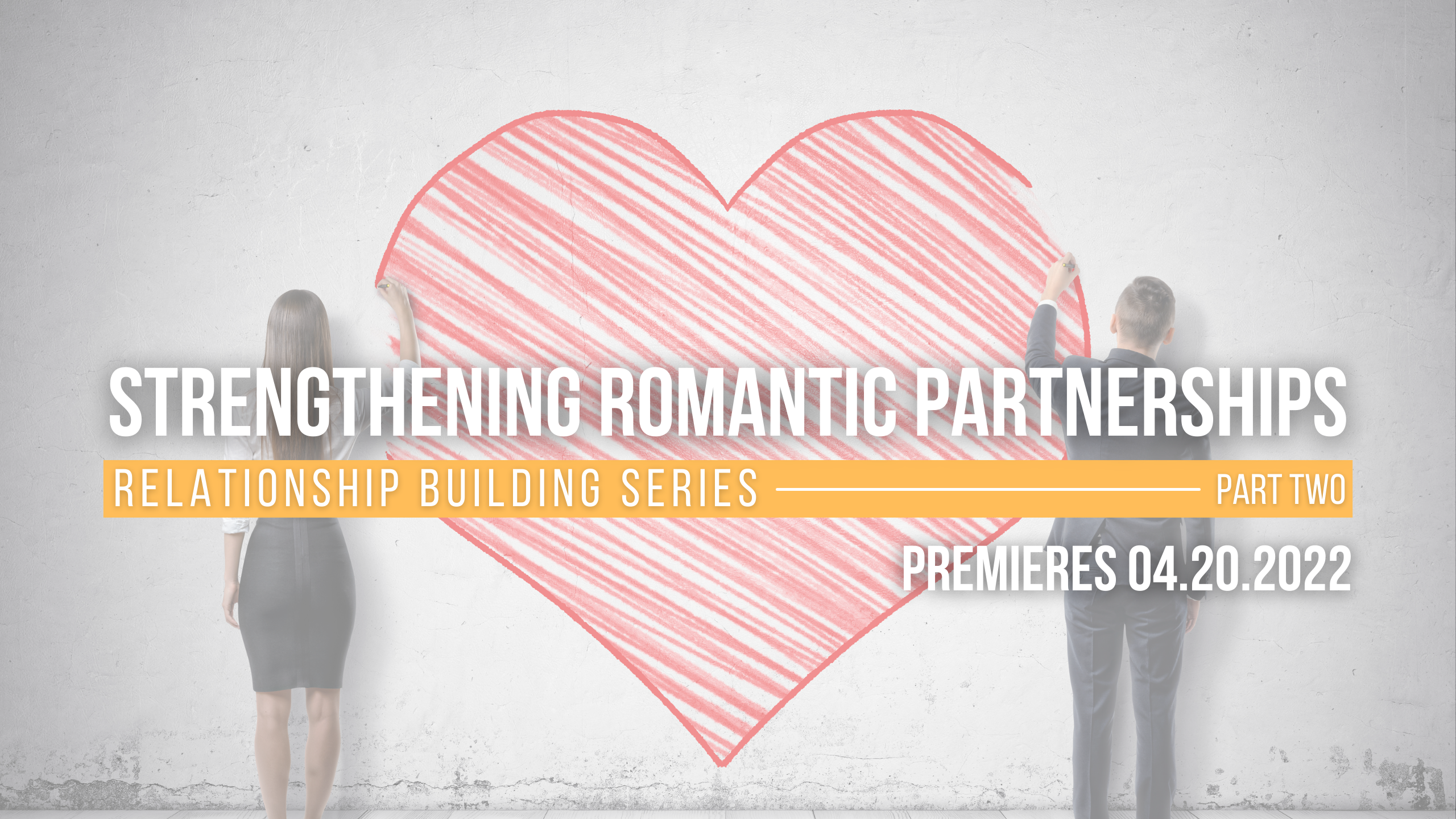In the world of romantic relationships, the journey from initial attraction to enduring partnership is often challenging.
Couples therapy, a tool used by many to navigate this journey, offers a variety of exercises designed to enhance understanding, communication, and connection between partners.
Drawing on the insights from Mary Jo Faustgen’s webinar with resources from established relationship experts like John and Julie Gottman and Gary Chapman, this article dives into practical exercises that couples can use to strengthen their relationships.
Exercise One: Identifying and Overcoming Destructive Communication
Destructive communication patterns are often the primary culprits in relationship turmoil.
Mary Jo emphasizes the need to recognize and address these patterns.
Couples can engage in exercises where they identify instances of destructive behaviors like criticism, contempt, defensiveness, and stonewalling.
Role-playing scenarios can help partners understand how these behaviors manifest and learn more constructive ways of communicating.
Exercise Two: Combatting the Four Horsemen
John Gottman’s concept of the “Four Horsemen of the Apocalypse” in relationships – criticism, contempt, defensiveness, and stonewalling – is a cornerstone in understanding relationship conflicts.
Couples can work through exercises where they actively replace these negative behaviors with positive ones, such as:
- Expressing a complaint without blame (combatting criticism).
- Cultivating appreciation (to counter contempt).
- Taking responsibility (instead of defensiveness).
- Engaging in self-soothing and productive time-outs (as antidotes to stonewalling).
Exercise Three: Challenging Personal Beliefs and Biases
Individual beliefs and biases significantly impact relationships.
Exercises in this category involve self-reflection and journaling, where partners individually write down their core beliefs about relationships, communication, and conflict.
Sharing and discussing these beliefs in a therapy setting can uncover hidden biases and facilitate a better understanding between partners.
Exercise Four: Addressing External Destructive Influences
External factors such as infidelity, mental health issues, or stress can severely affect a relationship.
Therapy exercises might involve creating a ‘relationship boundary map’ where couples list out external influences and collaboratively find solutions or coping strategies to minimize their impact.
Exercise Five: Enhancing Communication Skills
Effective communication is vital in relationships.
Couples can engage in exercises that focus on active listening, empathetic responses, and non-verbal communication.
One popular exercise is the ‘mirroring technique,’ where one partner shares a thought or feeling, and the other repeats it back to ensure understanding and validation.
Exercise Six: Exploring Love Languages
Gary Chapman’s concept of the Five Love Languages (Physical Touch, Acts of Service, Quality Time, Words of Affirmation, Gifts) is a tool to understand and cater to each other’s emotional needs.
Couples can explore their primary love languages through quizzes and discuss ways to regularly express love in ways that resonate with each partner.
Exercise Seven: Role-Playing for Conflict Resolution
Conflict is inevitable in relationships, but its resolution is key to relationship health.
Couples can engage in role-playing exercises to practice respectful assertiveness, learn to use ‘I’ statements instead of ‘you’ statements, and work on finding compromise and common ground.
Exercise Eight: Incorporating Values in the Relationship
Cultivating shared values such as forgiveness, humility, and self-control can significantly strengthen a relationship.
Couples can engage in discussions and exercises that explore these values, how they currently manifest in their relationship, and ways to further integrate them into their daily lives.
Exercise Nine: Fostering Romance and Emotional Connection
Mary Jo highlights the importance of romance and emotional connection, particularly in sexual relationships. Exercises here could involve:
- Planning romantic gestures or dates.
- Sharing fantasies.
- Or simply dedicating time to reconnect emotionally without distractions.
Exercise Ten: Navigating Casual Relationships and Cohabitation
For couples in casual relationships or cohabiting, exercises focusing on discussing and setting boundaries, expectations, and understanding the underlying commitment level can be beneficial.
These exercises help in making conscious decisions about the relationship’s direction and in building a more solid foundation.
The exercises outlined offer a pathway for couples to deepen their understanding and connection
Whether used in therapy or independently, these tools can help partners navigate the complexities of their relationship, fostering a stronger, more resilient bond. Ultimately, the effectiveness of these exercises lies in the willingness of both individuals to engage, communicate, and grow together.

